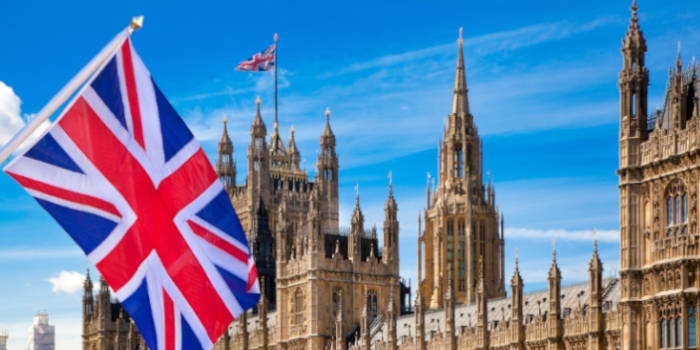The government contends that the lion’s share of individuals within this grouping could significantly profit from a level 2 intensity course of treatment, impacting an estimated 970,000 individuals significantly. Consequently, the affected individuals could reap significant benefits from two or three rounds of motivational interviews, typically administered by gambling therapy professionals.
Variability in Treatment Levels Based on Intensity, Yet Demonstrably Effective
The government further outlines that approximately 243,000 adults would require treatment at level 4 intensity, designed to be far more comprehensive and demanding with between 8 to 14 sessions overseen by cognitive behavioral therapy psychologists specializing in the area of gambling disorders.
Moreover, an additional 40,000 individuals must undergo a 12-week residential treatment program, deemed the highest form of intensive care available. Although there’s no definitive means to determine which individuals would benefit from what program, the government’s projections offer substantial guidance. Here lies the fundamental role of practitioners in making such decisions.
The Office for Health Improvement and Disparities commissioned the study, carried out by the University of Sheffield and the University of Glasgow. This initiative is of significant interest as it strives to quantify the exact number of individuals who could reap benefits from these treatment initiatives.
Moreover, these findings enable government and industry groups to estimate the expenditure for such interventions. While the precise costs of these sessions are yet to be determined, they provide the government with an approximate figure required to tackle the issue at hand.
Naturally, the effectiveness of any treatment will be gauged by observing individuals currently undergoing therapy. Although there’s room for optimism as GambleAware has recently reported a positive impact resulting from such interventions.
Prioritizing Funding Where It Garners Maximum Impact
This implies that such treatment practices and interventions prove beneficial even considering their associated costs. Meanwhile, with the proposed introduction of a gambling levy directly funding charities and treatment service providers, ensures that individuals in desperate need of such treatments are receiving adequate assistance.
Importantly, the latest data insights from UKGC will help allocate resources strategically. Cost efficiency and potential scalability indicate that earlier interventions could benefit larger groups considerably.
As discovered by GambleAware, treatments have been conclusively beneficial for 9 out of 10 individuals, strongly underlining the necessity for these therapeutic solutions to reach those affected.







